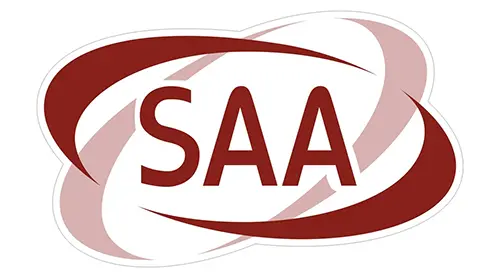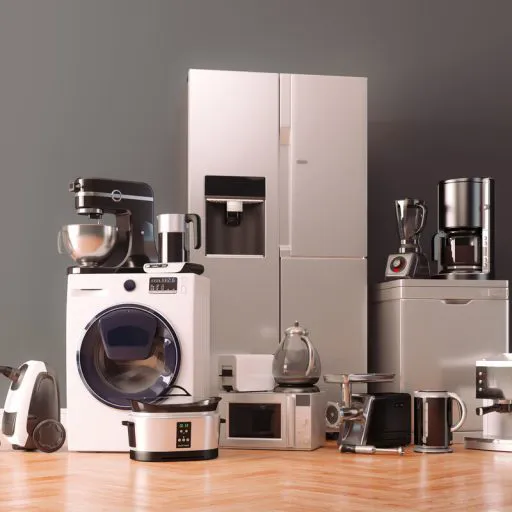
How much does Australian SAA certification cost?
Introduction to saa certification
SAA certification is a safety requirement for electrical products entering the Australian market. Due to the mutual recognition agreement between Australia and New Zealand, products certified in Australia can also be sold in New Zealand. Australian standards are labeled with “AS,” while joint Australian/New Zealand standards are labeled “AS/NZS.” Both Australian and New Zealand standards closely align with IEC standards but include certain country-specific differences. The unified standards and mutual recognition allow certified products in one country to be sold in the other.

Product Range for SAA Certification
Mandatory SAA certification for electrical products includes, but is not limited to: electrical connectors, arc welding machines, bayonet lamp holders, bayonet lamp holder adapters, electric carpets, toasters, dryers, control or regULating devices, portable cooking appliances, extension socket outlets, line switches, decorative lighting, dishwashers, screw-type lamp holders, electric fans, circuit boosters, heating blankets, floor polishers/washers, fluorescent lamp ballasts, fluorescent lamp starters, hair care appliances, hedge trimmers, immersion heaters, insect control devices, portable lamps, electric irons, kitchen appliances, lawn care equipment, liquid heating appliances, spotlights, searchlights, massage equipment, MICrowaves, mini circuit breakers, plugs, sockets, power chargers, LED modules, projectors, stoves, range hoods, razors/hair clippers, refrigerators/freezers, residual current devices, room heaters, sewing machines, soldering irons, flexible power cables, pool or spa equipment, TV receivers, therapy lamps, drills, sanders or polishers, circular saws, planers, grinders, chainsaws, vacuum cleaners, wall switches, washing machines, waterbed heaters, and water heaters.

Common SAA Certification Standards
For different types of products, SAA certification standards include:
- IT Power/Products: AS/NZS 62368-1
- AV Power/Products: AS/NZS 62368-1
- Wireless Products: AS/NZS 62368-1
- Household Appliances: AS/NZS 60335-1, AS/NZS 60335-2-XX
- Medical Products: AS/NZS 60601-1
Methods of Applying for SAA Certification
In China, there are two ways to apply for SAA certification:
- Through a cb test report (if available)
- Direct application without a CB report.
The SAA mark can be obtained through two types of certification: form approval, which covers only samples, and standard approval, which requires factory inspections for each product.
SAA Certification Application Process
1. Complete the application form.
2. Send product samples for testing.
3. Product rectification (if tests fail).
4. Issue the test report.
5. Report evaluation.
6. Certification issuance.
Documents RequiRED for SAA Certification
The required documents include the application form, cb certificate and report (if available), product labels with corresponding certification marks, PCB layout, line filter specifications, transformer specifications, product photos, list of key components (often required for direct applications), key component certificates (UL or VDE certificates; imported power cords require an import certificate), user manual, English or certification country’s language manual, and an AU plug test report.
SAA Certification Bodies
JJR Laboratory in China specializes in global certification testing services for IT, AV, power, wireless, and communication electronic products. JJR Laboratory holds CNAS, CMA, IEC-CBTL, UL ISO/IEC 17025, ITS (UK), KTC (South Korea), TÜV (Germany), and Eurofins (Belgium) authorizations, among others. Equipped with advanced testing labs, JJR can provide you with comprehensive SAA certification services.
Cost of SAA Certification
In China, general household appliance saa certification costs around $4,000 USD. JJR Laboratory in China can help you save up to 30% on certification fees.
Email:hello@jjrlab.com
Write your message here and send it to us
 What Certifications for Exporting Monitors to Euro
What Certifications for Exporting Monitors to Euro
 Bluetooth Headphones Exported to Australia Certifi
Bluetooth Headphones Exported to Australia Certifi
 What Certifications for Router Products Exported t
What Certifications for Router Products Exported t
 TIC (Power Bank UL 2056, Portable Power Station UL
TIC (Power Bank UL 2056, Portable Power Station UL
 How to get EN 18031 Certification for Wireless Pro
How to get EN 18031 Certification for Wireless Pro
 PSE, TELEC and VCCI Compliance for Cameras Exporte
PSE, TELEC and VCCI Compliance for Cameras Exporte
 NOM & IFT Compliance for Audio Equipment Expor
NOM & IFT Compliance for Audio Equipment Expor
 FCC, CE & EMC Compliance for Printers Exported
FCC, CE & EMC Compliance for Printers Exported
Leave us a message
24-hour online customer service at any time to respond, so that you worry!




